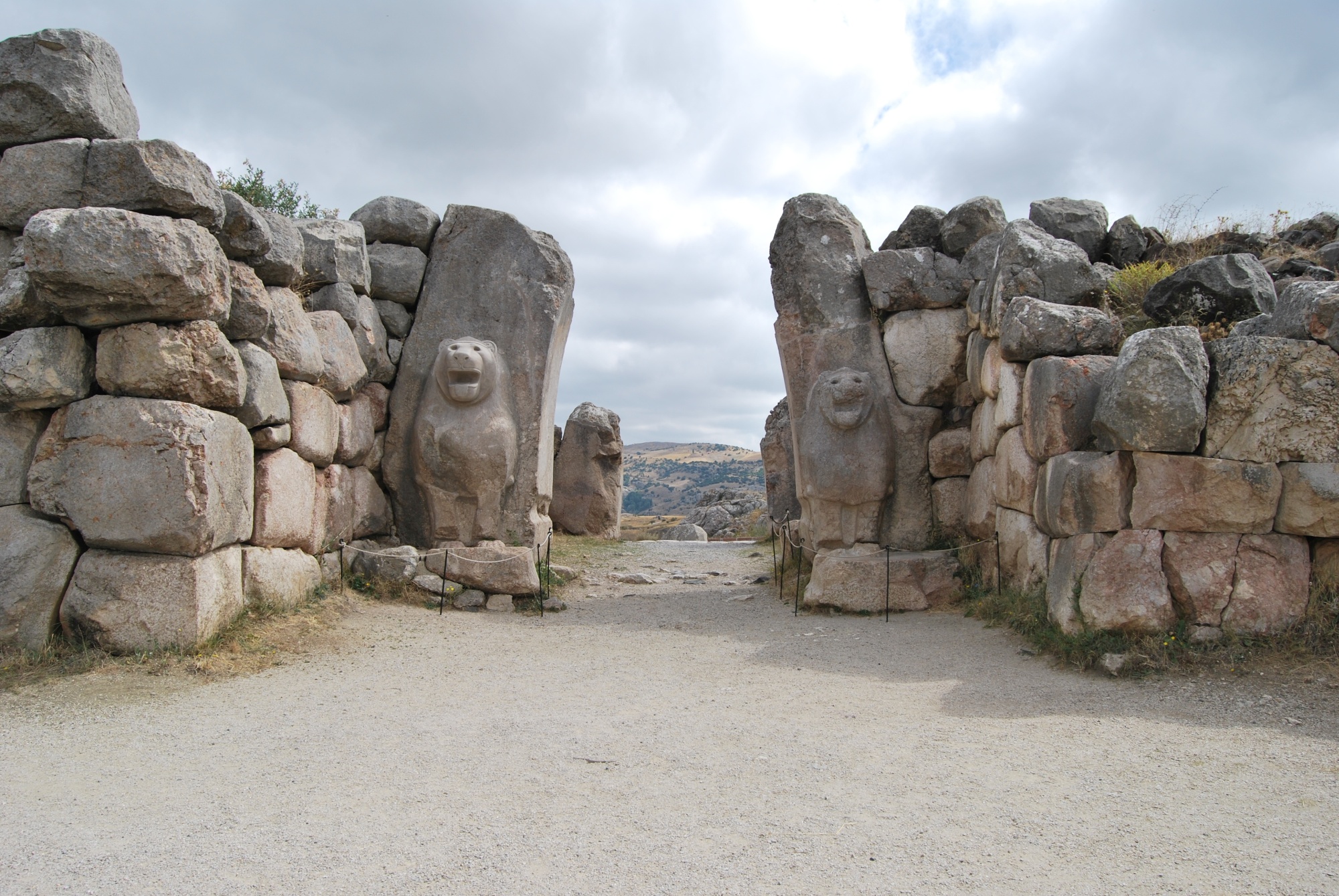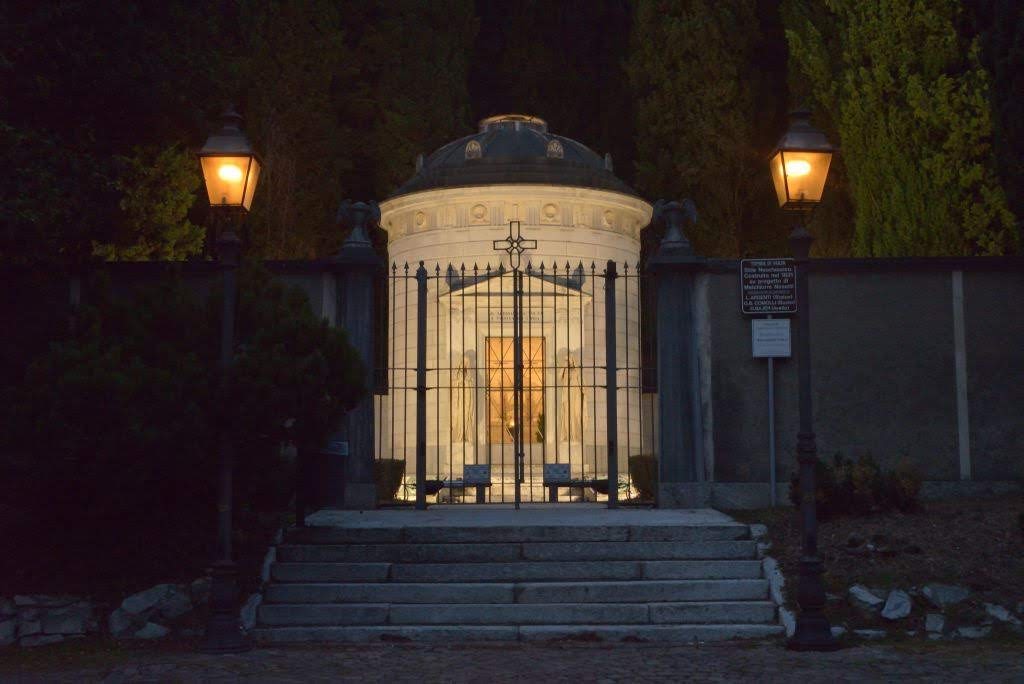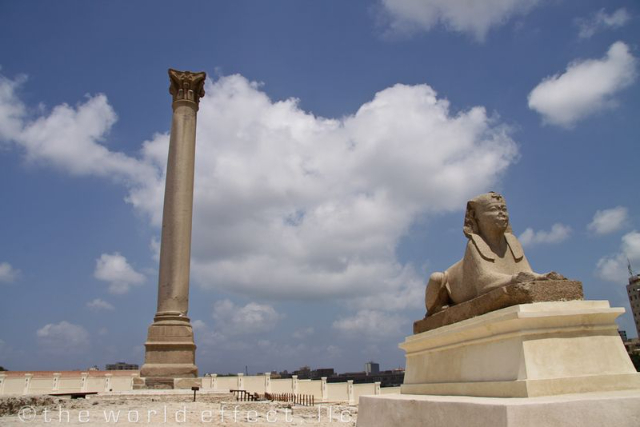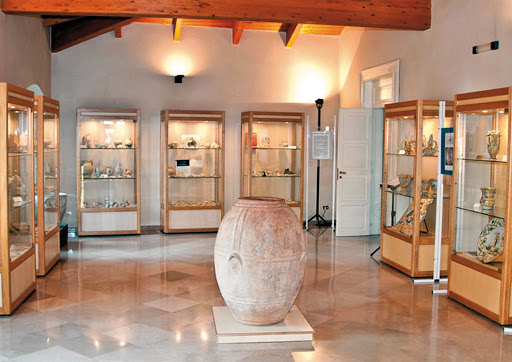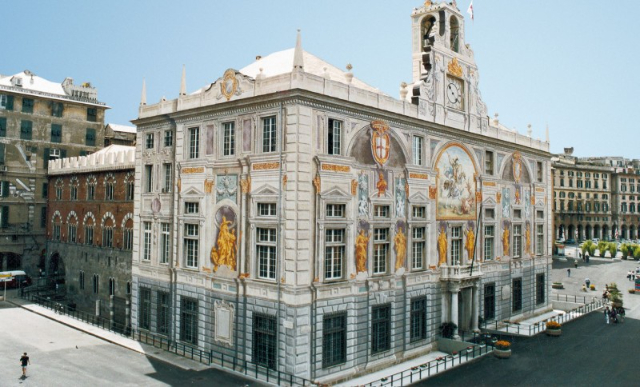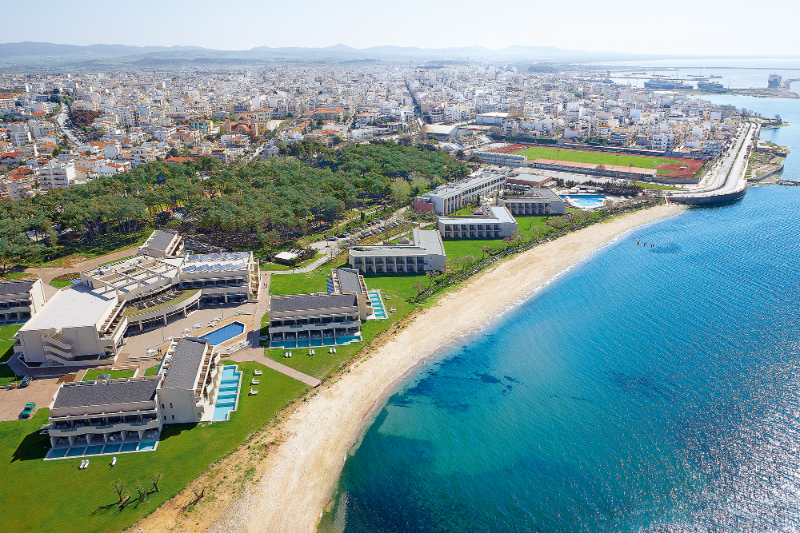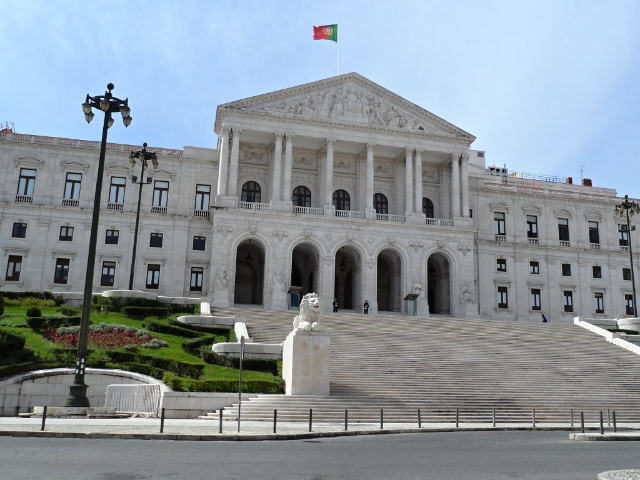Hattusa was the capital of the Hittite empire and a respectable religious and cultural centre. It is currently known as a site of archaeological interest, in the province of Çorum, Central Anatolia, about 145 km northeast of Ankara. In 1986 it was recognized by UNESCO as a World Heritage Site.
The largest part of the city is certainly the lower town, which stretches southwards for about 1 km² and is surrounded by walls with gates decorated with fine reliefs depicting warriors, lions and sphinxes, while outside the walls there is the necropolis, containing several sepulchres. The houses were mostly built with the use of simple means, i.e. wood and mud bricks, which is why very little evidence remains about these houses.
Certainly Hattusa is to be considered as the site of greater importance for the finds of the Hittite period, having been found in this city, more than 30,000 cuneiform tablets, some of which bear testimony very relevant to the history of the city, namely the Treaty of Peace between Hittites and Egyptians signed by Pharaoh Ramesses II after the Battle of Qades in 1283 BC. To understand the importance of this finding, it is enough to think that a copy of the treaty is preserved and exhibited at the United Nations in New York, being one of the first examples in the world of international peace treaties.
